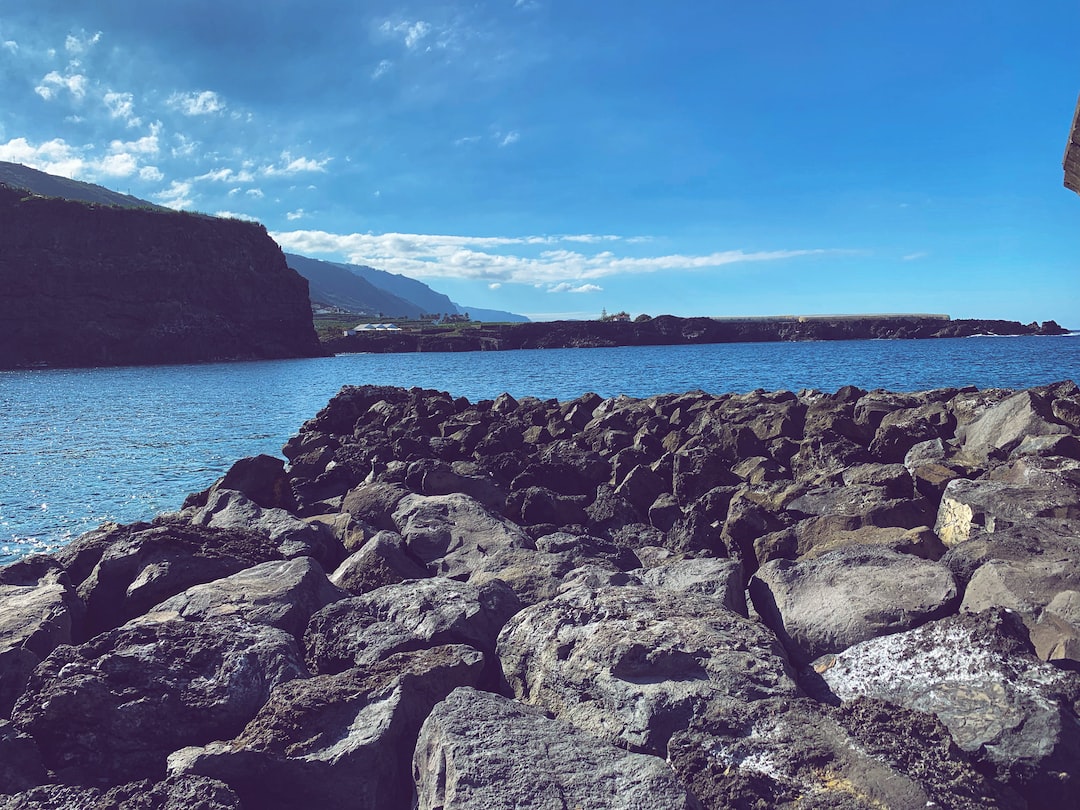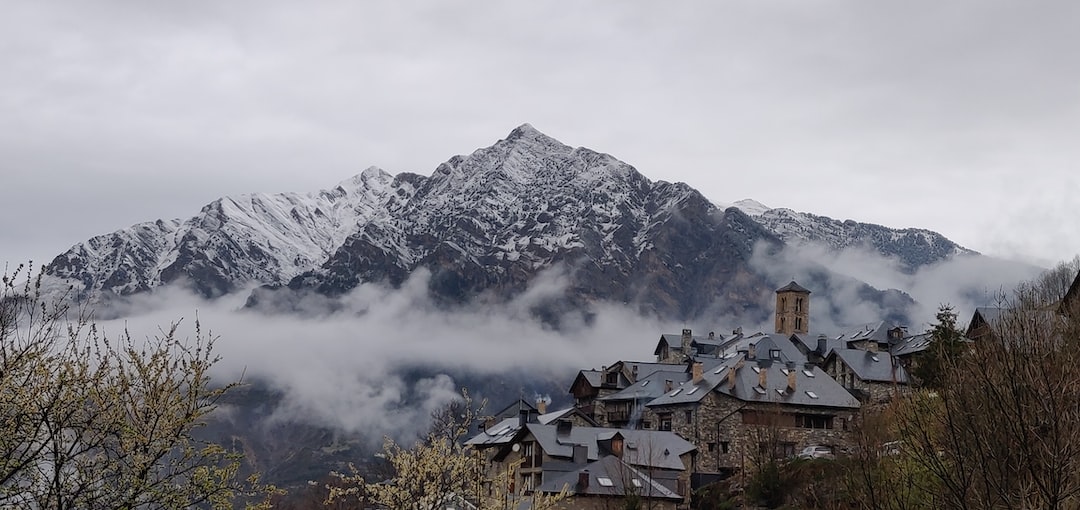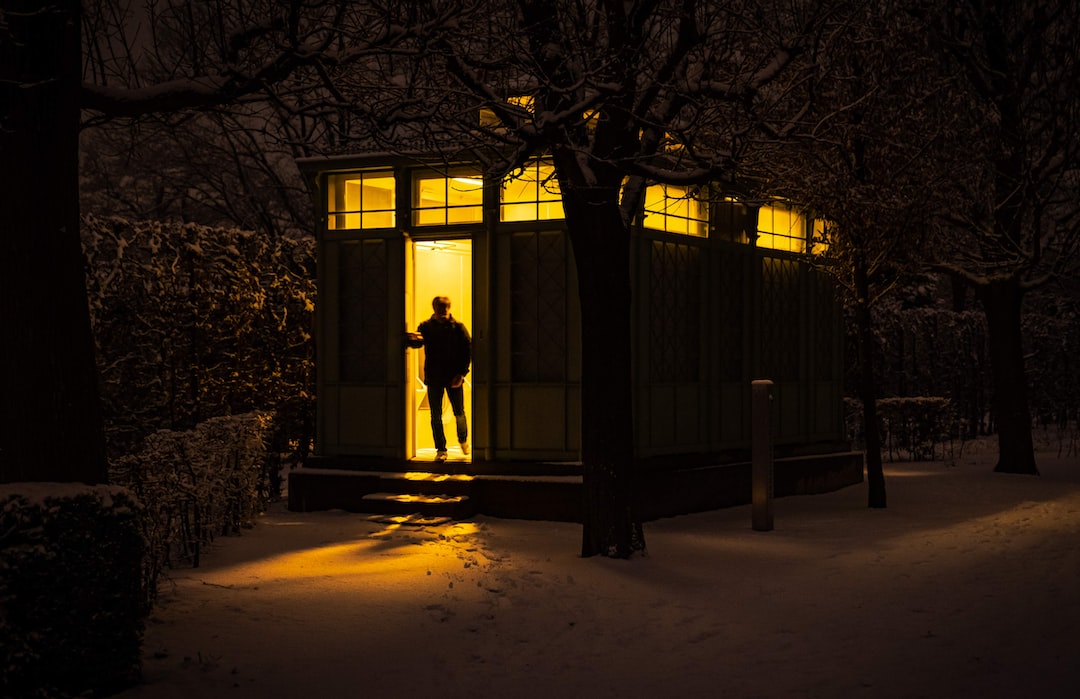Okay, picture this: You’re chilling in ancient Egypt, scroll in hand, and you casually strike up a conversation with someone in a language that’s thousands of years old. Fast forward to now, you’re scrolling through TikTok, and all these slang terms like “bet” and “simp” are flying around. But wait—how did we get from hieroglyphs to emojis? From dead languages to “Yas Queen!”? Language is literally the ultimate glow-up queen. 🕶️ It’s evolved more than the glow-ups seen in #GlowUpChallenges, and trust me, it’s intricate but hella exciting. Buckle up, ‘cause we’re diving into the epic journey of the evolution of language.
The Beginning of Language: Early Communication 🌍
Long before people were binging Netflix series and debating pineapple on pizza, our ancestors were figuring out how to communicate—mostly for survival. Tens of thousands of years ago, humans began using vocal cords to make sounds that eventually became words. Initially, these sounds probably revolved around basic needs like food, safety, and mates. While you’re out here stressing over what to post on IG, early humans were stressing over, well, not dying. 😅 Their language was a crucial part of that.
Languages during this period weren’t written down; instead, they were passed down orally. Imagine playing a generations-long game of "Telephone"—but instead of jokes, it’s the key to surviving a mastodon attack. Words developed in response to environmental needs; they were practical and functional first and foremost, reflecting the community’s daily life. So while we may be talking about the latest meme, they were probably inventing words for different types of plants or animals.
Then came the real game-changer: the emergence of hieroglyphs and other forms of early writing. Around 3400 BCE, Sumerians invented cuneiform, the world’s first writing system. Egypt followed suit with hieroglyphs, and these weren’t just random doodles but complex systems of communication! It was like the prehistoric version of a caption on your photo—except, instead of collecting likes, it was collecting history. Writing allowed information to be preserved, traded, and more importantly, evolved way beyond what was possible before.
The Development of Structured Language 📜
As civilizations became more complex, so did their languages. Fast forward to around 2000 BCE, and spoken languages had become more sophisticated. Ancient Greeks, for instance, began developing structured grammar rules. While we might be dealing with grammar cops in the comments section today, these guys were straight-up inventing grammar out of material they had: raw speech. They began creating languages capable of describing philosophical ideas, laws, or even—plot twist!—stories.
It wasn’t just about speech at this point; it was about structuring thoughts logically. Think about your English class, where you’re forced to dissect essays and find the logical flow of arguments. Ancient Greek and Latin were doing the same thing but on a way different level. That’s how abstract ideas like justice, love, and democracy found linguistic expression. They also became languages of empire and academia, spreading far beyond their original borders.
But of course, language has zero chill. It kept evolving as it spread across empires, mixing with local languages and dialects. This mixing was essentially like HTML for speech—constantly being coded and recoded by different civilizations until you get something entirely new. For instance, when the Romans conquered different territories, Latin morphed into what we now know as the Romance languages—like Italian, French, and Spanish.
The languages evolved differently depending on the ‘vibes’ of the local populations. Latin in Gaul (modern-day France) mixed with local Celtic tongues, giving rise to Old French. Similarly, when Roman settlers invaded the Iberian Peninsula, Latin merged with local languages to become what eventually turned into Portuguese and Spanish. Imagine dying your hair a new color each time you level up in life; that’s exactly what languages were doing. 🌈
The Advent of Vernacular Languages 🗣️
By the Middle Ages, Latin was still around, but it wasn’t the only language in town anymore. Think of it like having that one “big-name” celebrity that everyone respects, but also a bunch of new up-and-coming ones are getting more attention. People began to produce literary works in their own local languages because not everyone spoke Latin. Imagine trying to read a whole novel in a language that isn’t your own—yeah, major struggle. So languages like Italian, German, and English began to emerge.
This was also around the time Europe saw the rise of national identities, and languages became a big part of that identity. You know how you’ll see a tweet and immediately know the vibe because it’s either UK Twitter, French Twitter, or American Twitter before you even check the handle? It’s the same thing. When Dante wrote "The Divine Comedy" in Italian, instead of Latin, that was a big deal. He was repping his hood—reppin’ Italian over the standard Latin, making a bold statement that the social elite didn’t have to be the gatekeepers of knowledge.
The introduction of the printing press in the 15th century was a major game-changer. Gutenberg’s creation made it possible to reproduce text easily and quickly, spreading ideas in the vernacular to the masses. It also standardized these evolving languages. Before that, there were a million ways to spell a single word (kind of like how "Aesthetic" can be spelled eccentrically online today as "AesThEtilcc"). Now everyone’s on the same page, literally. Written language became more uniform across regions, which helped shape the languages we’re familiar with today.
Colonization and the Global Spread of Language 🌎
By the time we hit the Age of Exploration, languages were on their world tour. European powers were colonizing lands all over the globe. As they did so, they brought their languages with them. This was crucial because it spread European languages, now more uniform, to different continents. That’s how English, French, Portuguese, and Spanish became the prime languages in places like the Americas, Africa, and Asia. Imagine someone coming into your Minecraft world, taking over, and changing all your signs to their text pack—except it’s real life, and it’s lasting centuries.
Of course, this process wasn’t all sunshine and rainbows. Colonization often involved suppressing native tongues. Indigenous languages were either marginalized or entirely wiped out, replaced by the colonizer’s language. Imagine being ghosted, but it’s your entire language and culture; it’s not just mind games, it’s colonialism. 🌪️ However, this wasn’t always a one-way street. In places like the Caribbean and parts of Africa, pidgin and creole languages began to emerge—a fusion of the colonizers’ languages and that of the native population. It’s like a mashup, but instead of vibes, it’s cultures.
These creole languages reflect a blend of two or more languages, often retaining elements of indigenous grammar while adopting the vocab of the colonizers. They’re the perfect example of linguistic resilience and resourcefulness. Creoles evolved not just as a form of communication but also as a form of resistance, giving marginalized communities their own voice in the face of oppression. Today, these languages are seen as key elements of the cultural identities in the regions they emerged from.
The Industrial Revolution and the Standardization of Language 🏭
Skip ahead to the Industrial Revolution, late 18th to early 19th centuries, and the world is getting smaller, connected by technologies like the telegraph and later, the telephone. These new inventions required faster and clearer communication across vast distances. This, in turn, further standardized languages—not just nationally, but internationally. Suddenly, it was necessary to ensure that everyone could understand each other despite living miles and miles apart. Cue the rise of standardized dictionaries and grammar books that started entering all the schools. 🏫
The rise of public schooling during this era was also clutch. Schools were teaching a “national” language to children across diverse regions of countries, which meant that dialects and regional languages began to decline. You can think of this almost like a filter—dialects go in, standardized language comes out. While public schooling was undoubtedly essential for social cohesion and industrial progress, it came at the cost of linguistic diversity. Think of it like when autotune started monopolizing the music scene—it’s cool, but you kinda miss hearing the raw, old-school voices. 🎤
But don’t get it twisted; while everything was standardizing, people were still working their regional accents into the mix. It’s kind of like how you might use a specific meme format that only your group chat understands—people found ways to retain linguistic identity even when societal forces tried to streamline it. The Industrial Revolution didn’t obliterate languages, but it did push them into a more uniform direction. This ultimately created the basis for modern dialects and accents, which have now become central to cultural identity.
The Digital Age: The Language Revolution Continues 🌐
Welcome to the 21st century, where language is having another major glow-up, now on the screens of our smartphones. The internet has birthed a whole new way of communicating—both evolving and recycling old languages in fascinating ways. Suddenly, languages that were once localized are becoming global. We’re crossing not just geographical lines but also linguistic ones. You might be talking to someone in another country via Skype or Zoom, using a mix of emojis, English, and even their native language through Google Translate. 🌍💻
Social media platforms are these linguistic melting pots where languages break down and recreate themselves. Memes, gifs, and videos like those on TikTok are shaping terms you might be using daily. Consider the slang you use—phrases like "on fleek" or "shade" didn’t just show up out of nowhere; they evolved from cultural exchanges, often rooted in AAVE (African American Vernacular English), which then went mainstream through social platforms. Online, it’s totally common for youth from different cultures to swap slang, effectively turning language into a global meme factory that crosses national boundaries.
And let’s not forget about emojis, our modern-day hieroglyphs. Emojis convey tone, emotion, and context, often more effectively than words can. Whether you drop a 😝 to show the playfulness of your previous message or a 😑 to convey sarcasm, these little icons have become an essential part of digital communication. While they don’t replace language entirely—yet—they’re augmenting it, making it more universal and less reliant on complex vocabulary. It turns out a picture really is worth a thousand words, especially when that picture is a 😭 emoji at the end of "I’m fine".
The digital age has also reintroduced us to the dilemma of linguistic purity. With the constant evolution of internet language, some language purists feel like languages are "dying" or becoming too simplified. But if history has taught us anything, it’s that language is incredibly resilient and adaptable. It’s like it’s coded into the DNA of civilization to keep languages alive, even if you have to meme-ify the heck out of them.
How Language Influences Thought 💭
It’s easy to underestimate just how much language shapes the way we think. Ever heard of linguistic relativity? It’s the idea that the language we speak influences not just what we think but how we think. Imagine for a second that your native language doesn’t have past-tense verbs. How would that change your perception of time? Would you constantly live in the moment? Or try visualizing a concept—without the words to articulate it, does it even exist in your mind? Language isn’t just about communication; it’s about shaping reality itself.
Different languages allow us to experience the world in unique ways. For instance, some languages have gendered nouns—like Spanish, where a table might be feminine and a car masculine. These distinctions can influence how speakers perceive the object’s characteristics. A German speaker might describe a bridge as beautiful or elegant (since "bridge" is feminine in German), while a Spanish speaker might describe the same bridge as strong or rugged (since "bridge" is masculine in Spanish). This means that language can subtly nudge our perceptions and attitudes, far beyond just prescribing how we speak.
Another mind-bender: Some Indigenous languages have specific verbs for actions depending on the position or orientation of an object. When I say "he’s sitting," in English, that’s pretty straightforward. But in some Indigenous languages, the verb changes depending on if he’s sitting cross-legged, on a chair, or on the floor. These linguistic nuances make speakers more aware of their environment, essentially training their perception through the complexities of language.
Why Some Languages Flourish While Others Fade 🌸
While languages like English and Mandarin gain global dominance, others are teetering on the edge of extinction. There are around 7,000 languages in the world, but estimates suggest that we could lose almost 90% of those by the end of the century. 😢 Ain’t it wild that while we’re making up new slang, multiple languages are actually vanishing? This fade-out often correlates with social, political, and economic factors, where smaller communities adopt a dominant language for survival—kinda like switching to a popular Instagram filter because it gets more likes.
Languages typically fade out when the younger generation no longer feels the need to use or learn them. Economic pressures, migration, and even pop culture play a huge role in this shift. Imagine if your parents spoke a dialect you’re not interested in learning because all your friends are using the more popular language on social media. Soon, that dialect disappears because it’s just not "lit" anymore. That’s happening on a global scale.
On the flip side, some languages are seeing a resurgence through revitalization efforts. Linguists and cultural advocates are working tirelessly to revive endangered languages by teaching them in schools, creating media content, and even producing apps. In New Zealand, for instance, the Māori language has made a significant comeback in recent years, largely thanks to passionate grassroots movements. Folks are recognizing that language holds the key to preserving culture, identity, and history. It’s like realizing that vintage drip (aka fashion) is better quality and more expressive compared to fast fashion.
The Influence of Pop Culture on Language 🎤
It’s undeniable—pop culture plays a massive role in how our language continues to evolve. Hip-hop, for example, has had an immense impact on global slang and norms. Terms like “lit,” "flex," and even "OG" (original gangster, for those not in-the-know) have all roots in hip-hop culture, yet you’ll find people worldwide using them daily, from Moscow to Melbourne. Music, movies, and even memes spread slang like wildfire. Your Netflix binge might just be teaching you the next viral term—no textbooks required. 🎧
Then there’s TV. Shows like "Friends" and "The Simpsons" have embedded certain phrases and idiomatic expressions into the English lexicon. How many times have you or someone you know said "going to the dark side" or "d’oh!"? Iconic catchphrases have bridged cultural gaps across generations, making them integral in our everyday convo. Pop culture isn’t just riding the language wave; it’s a tsunami shaping how we speak and think.
Social media influencers also play a part in shaping modern language. With millions of followers, influencers have the power to make a simple word or phrase go viral practically overnight—whether it’s Addison Rae’s latest dance move or a Kardashian’s inventive use of a word. This has led to a new kind of linguistic democratization, where even a teenager with a smartphone in their room can influence how tens of thousands, if not millions, of people speak. When phrases trend, they often become normalized, manifesting their way into mainstream language and beyond.
New Languages in Development—Yes, Really! 🌱
Surprising as it may be, new languages are still being developed today. And no—we’re not just talking about fantasy languages like Tolkien’s Elvish or Dothraki from "Game of Thrones." Real languages are being built from scratch, often to serve very specific communities or needs. For instance, Lojban, a constructed language, was developed to eliminate ambiguity from communication. Imagine chatting with someone and never having to worry about misunderstanding their tone or intention. It’s basically the promise of Lojban!
Then we have sign languages. Though many of them originated centuries ago, sign languages continue to evolve, sometimes creating entirely new signs or words to keep up with modern needs. Unlike spoken languages, sign languages can be more dynamic because they rely on both visual and spatial elements. The ways signs evolve often mirror or even surpass the innovations happening in spoken languages. For instance, American Sign Language (ASL) borrows heavily from French Sign Language but has developed its own unique grammar and structure over the decades.
And let’s not forget digital languages like coding languages. While you might not speak Java or Python, it’s a form of communication that shapes the digital world we live in today. As technology evolves, so do these languages, allowing for more advanced applications and systems. If spoken language reflects our social lives, coding languages represent our digital realities. They make it possible for us to connect, innovate, and even recreate new "worlds" online, like video games or even meme generators. This is the new frontier of language development, and it’s as fascinating as it is fast-paced.
Language and Identity 💖
Language isn’t just words; it’s how you see yourself and your place in the world. The dialects, slang, and even the language you dream in can shape your identity so much. Have you ever switched codes, changing up how you speak depending on who you’re talking to? It’s not just about fitting in; it’s also about showing different aspects of who you are. This is especially true for bilingual and multilingual folks. You’re basically wielding a superpower, switching identities with just a few tweaks in how you speak.
Languages can also serve as a form of resistance. For instance, during periods of colonization or oppression, speaking in a native language becomes a way to defy the dominant culture. It’s like when you ignore someone who’s cancelled and continue to vibe to their music on your own—language can become a form of low-key rebellion. In places like Wales, Ireland, and Brittany, native languages have seen a resurgence over time as people reclaim their identity through language.
Ever heard of Spanglish? It’s a perfect example of how multicultural identities can lead to the blending of languages. For many immigrants or children of immigrants, Spanglish isn’t just a way to communicate more effectively; it’s a statement of identity. It’s saying, “I’m not just one thing; I’m a mix, and that’s me.” Similarly, African American Vernacular English (AAVE) has shaped not just Black identity but has also crossed cultural boundaries, influencing modern slang worldwide. Language is powerful, and how you choose to use it can either reinforce or challenge stereotypes, expectations, and norms. 🌟
What Does the Future Hold for Language? 🔮
So, what’s next? Well, if the past is any indicator, language will keep evolving, probably even faster than before. With AI and machine learning coming into play, there’s even talk of universal translators—think Star Trek! 🤖 Though we’re not quite there yet, advancements in technology are making real-time translation more accurate and accessible. Just imagine a world where language barriers are non-existent. Pretty cool, right? But also, think about what might be lost in the process—the nuances, the accents, the cultural quirks.
Plus, new ideas are constantly being born, and with them, new words. Just think about it: a couple of years ago, nobody would’ve gotten terms like "stan" or "ghosting"; now everyone’s using them. The future could see the rise of more hybrid languages, especially as globalization continues to blur cultural lines. We might also see a greater emphasis on preserving endangered languages, perhaps even with the help of technology, digitizing entire languages to keep them alive.
And who knows? With the increasing influence of the digital world, we might see new forms of language that rely on even fewer words—more emojis, symbols, videos, you name it. Imagine in the future where we communicate entire ideas purely through gifs or a series of pictures. While it sounds like something out of a sci-fi movie, the seeds of it are already being planted today. The evolution of language is far from over—in fact, it might be speeding up, and that’s something we’re all a part of, whether we realize it or not. 🌐
FAQ Section 🤔
Q: Why has English become such a dominant language?
A: English rose to prominence thanks to colonization, global trade, and the influence of the British Empire, followed by the cultural and economic dominance of the United States. English is now often considered the lingua franca of the world, making it the go-to second language for international communication.
Q: How many languages are spoken worldwide?
A: There are currently around 7,000 languages spoken globally. However, many are at risk of disappearing, with experts predicting that up to 90% might vanish by the end of the century. 🌍😢
Q: What’s the difference between a dialect and a language?
A: A dialect is a regional or social variant of a language. It might differ in pronunciation, grammar, or vocabulary, but speakers of different dialects can generally understand each other. People sometimes say a “language” is a dialect with an army and a navy—a reminder that politics often define what is considered a full-blown language versus a dialect.
Q: Will new languages develop in the future?
A: Absolutely! Languages are always evolving, and new ones are still being created—especially in online communities and among niche social groups. Who knows, you might be speaking a new language soon without even realizing it!
Q: Are emojis considered a language?
A: While they don’t replace traditional language, emojis function as a supplementary form of communication. They add context, emotion, and sometimes even meaning to text, making them an important part of modern communication. 🚀
Sources and References 📚
- Crystal, David. "The Cambridge Encyclopedia of Language." Cambridge University Press, 2010.
- Deutscher, Guy. "The Unfolding of Language: An Evolutionary Tour of Mankind’s Greatest Invention." Henry Holt and Co., 2005.
- McWhorter, John. "The Power of Babel: A Natural History of Language." Harper Perennial, 2003.
- Trudgill, Peter. "Sociolinguistics: An Introduction to Language and Society." Penguin Books, 2000.
- "Global Language Extinction Risk Index," Ethnologue, 2022.
- Anderson, Stephen R., and David W. Lightfoot. "The Language Organ: Linguistics as Cognitive Physiology." Cambridge University Press, 2002.




